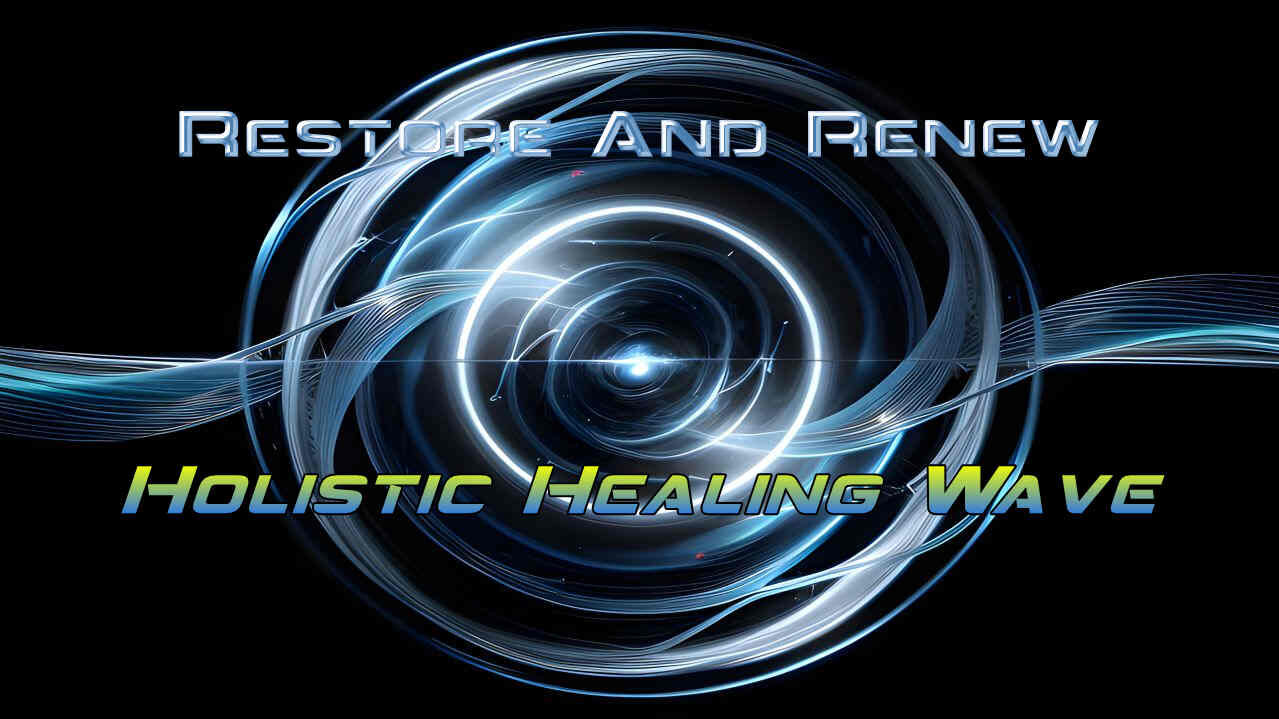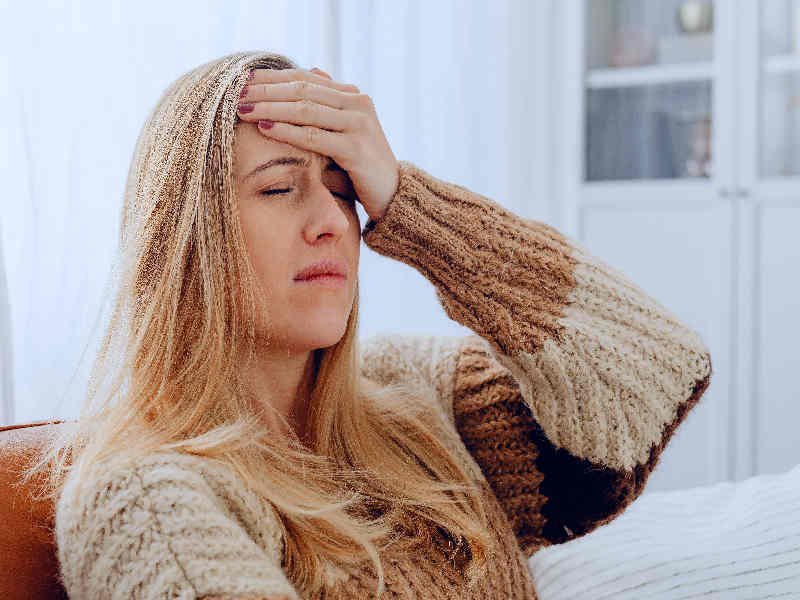Seasonal Affective Disorder, or SAD, crops up when the days get shorter and colder, and those changes sometimes mess up our emotional well-being. Folks with SAD often find themselves feeling a little down, perhaps even losing interest in the things they care about, and experiencing messed-up sleep cycles.
SAD isn’t something to brush off lightly. It hits different people, well, differently. Some folks just feel a bit off, while others might seriously struggle to get through daily life. And it’s not uncommon, affecting millions worldwide as the season changes. Depression during these months can range from very mild to the full-blown blues.
The less daylight during fall and winter months can really screw up your body’s internal clock, throwing circadian rhythms a little out of whack. This can lead to dips in serotonin levels, the feel-good chemical. It’s like your body’s missing that sunshine boost, which can seriously affect your mood.
People living with SAD often share stories of feeling trapped in a mental fog that lifts only with the arrival of spring. These personal experiences can be intense, highlighting just how impactful this condition can be on everyday life. Hearing about others who’ve faced similar struggles can be a real eye-opener, making it clear that SAD is more than just feeling a bit moody.
Exploring Light Therapy as a Treatment Option
Light therapy’s been around for years, becoming a go-to for folks looking to lighten the seasonal gloom. It basically involves sitting near a special light box, which is way brighter than the usual indoor light, kinda like a substitute sun to trick your brain into thinking it’s back in those sunshiny months.
Science backs it up, showing some solid results. Research suggests that these light boxes can actually help reset your internal clock and bump up those serotonin levels, lifting your mood and energy. Makes sense why it’s often recommended as a first-line treatment for seasonal depression.
People often wonder what color light helps best with SAD. Studies show that white light tends to do the trick, especially the full-spectrum types that mimic natural sunlight. But some experts reckon blue light could also offer benefits, although it might not be suitable for everyone since it can mess with your sleep if used late in the day.
So, does this mean light therapy actually works for depression in general? Experts have mixed opinions, but many agree it can be particularly effective for SAD. It’s not necessarily the answer to every kind of depression, but for seasonal patterns, it’s a game changer.
Chatting with the pros, they often say light therapy works best when you stick to a regular schedule—ideally first thing in the morning. Consistency seems to be key to soaking up the full benefits.
Practical Tips for Using Light Therapy Safely and Effectively
Choosing the perfect light therapy device can be a bit overwhelming with all the options out there. Look for one that has at least 10,000 lux. That’s the measure of brightness needed to be effective for SAD. Some devices even come with adjustable filters or settings to mimic the right kind of sunlight.
When it comes to using your gadget, consistency is your friend. Most folks get the best results using it first thing in the morning for about 20 to 30 minutes. This routine helps to jumpstart your day and gives your brain the right kind of light boost at the right time.
Wonder what color light should you pick? While many opt for white light boxes resembling natural sunlight, some people find blue light works wonders, too. White light is generally considered safe and effective, but if you’re curious about blue light, make sure it doesn’t interfere with your sleep. And absolutely avoid red light boxes for treating SAD.
Safety first! Before you start, a chat with your doctor would be a smart move, especially if you have any eye health issues or conditions like bipolar disorder. Light therapy devices should ideally have UV filters to protect your eyes and skin from damage.
Some folks may feel side effects like headaches or eye strain. If that happens, try reducing the time you’re exposed to the light or sit further away. The distance makes a real difference and can help ease those symptoms while still getting the goodness of the therapy.

